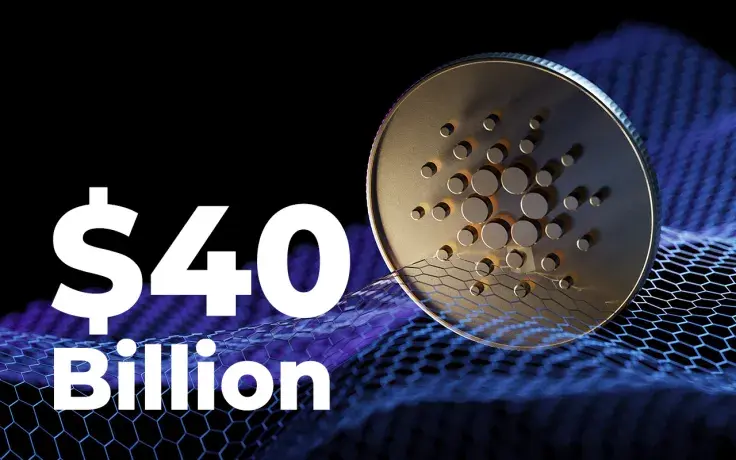
Disclaimer: The opinions expressed by our writers are their own and do not represent the views of U.Today. The financial and market information provided on U.Today is intended for informational purposes only. U.Today is not liable for any financial losses incurred while trading cryptocurrencies. Conduct your own research by contacting financial experts before making any investment decisions. We believe that all content is accurate as of the date of publication, but certain offers mentioned may no longer be available.
Cardano (ADA) enters seventh place as one of the biggest blockchains in the world with more than $40 billion in total market capitalization. The increase was followed by both market and fundamental growth of a project that recently celebrated $300 million in TVL.
Why did ADA's market cap spike?
The main reason behind such a swift increase in capitalization is tied to the growth of the network from both a market and fundamental perspective. The capitalization of the project correlates with the price of the underlying ADA token—the price of which has recently reached $1.2.
The price increase could not have been possible without a growing number of various decentralized solutions powered by Cardano. Previously, U.Today described two solutions that users would be able to see in this year: decentralized peer-to-peer lending and borrowing and an interoperable Layer 2.
Why did the TVL of Cardano show a 350% increase in March?
The main reason behind such an increase is tied to at least two factors: release of new DeFi platforms like Minswap and the general recovery of the DeFi industry that lost some of its popularity back in December-January.
According to DeFiLIama, the total value of funds locked across all projects in the industry increased from around $200 billion to $223 billion at the end of March. As for Cardano, the total value of funds locked on blockchain-powered platforms and apps increased from $134 million to $326 million in the last 28 days.
Inflows into the DeFi industry indicate that the market's demand for risk-on assets increased once again, and investors are more actively redistributing their portfolios, exposing themselves to riskier options like high-APY stablecoins.

 Dan Burgin
Dan Burgin Vladislav Sopov
Vladislav Sopov U.Today Editorial Team
U.Today Editorial Team